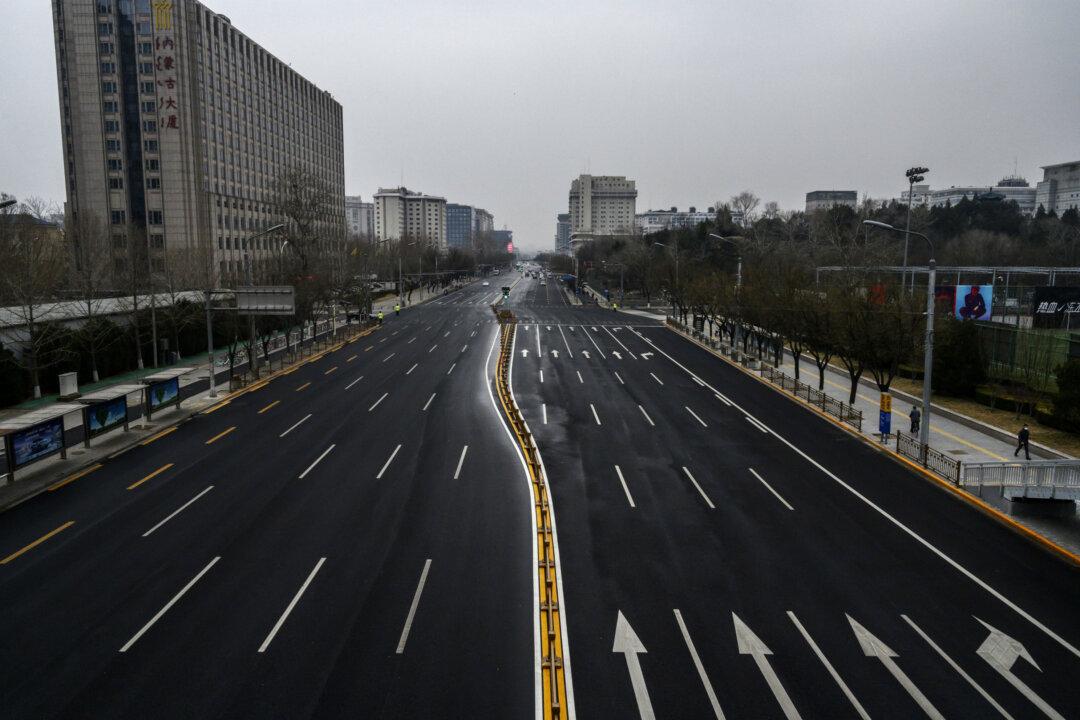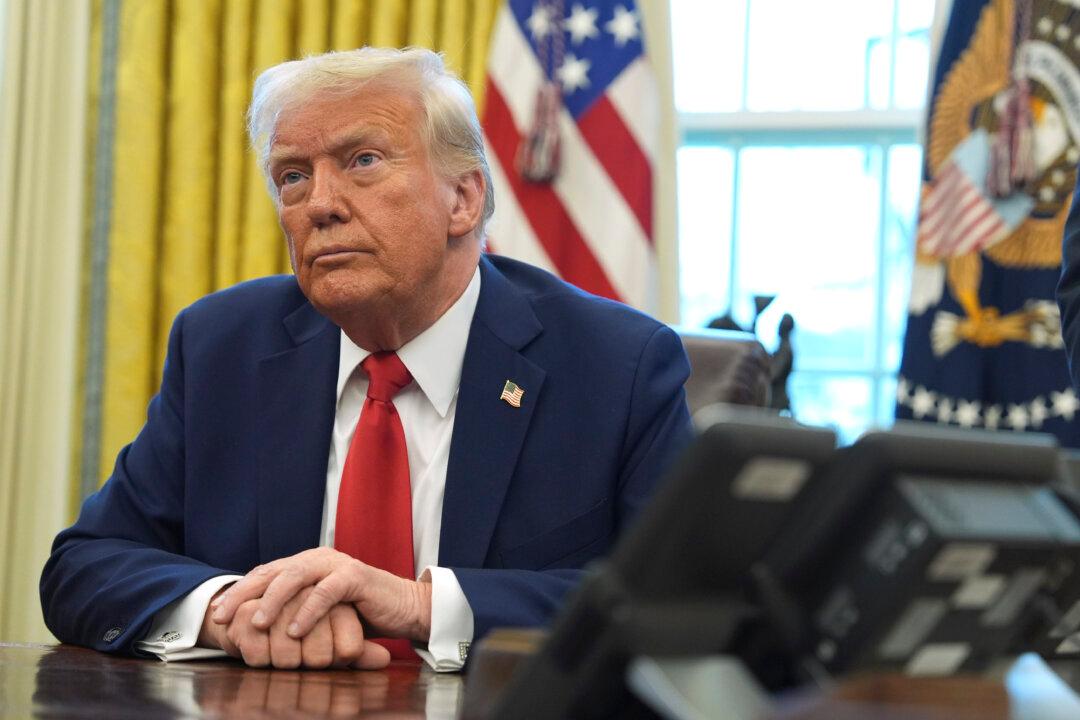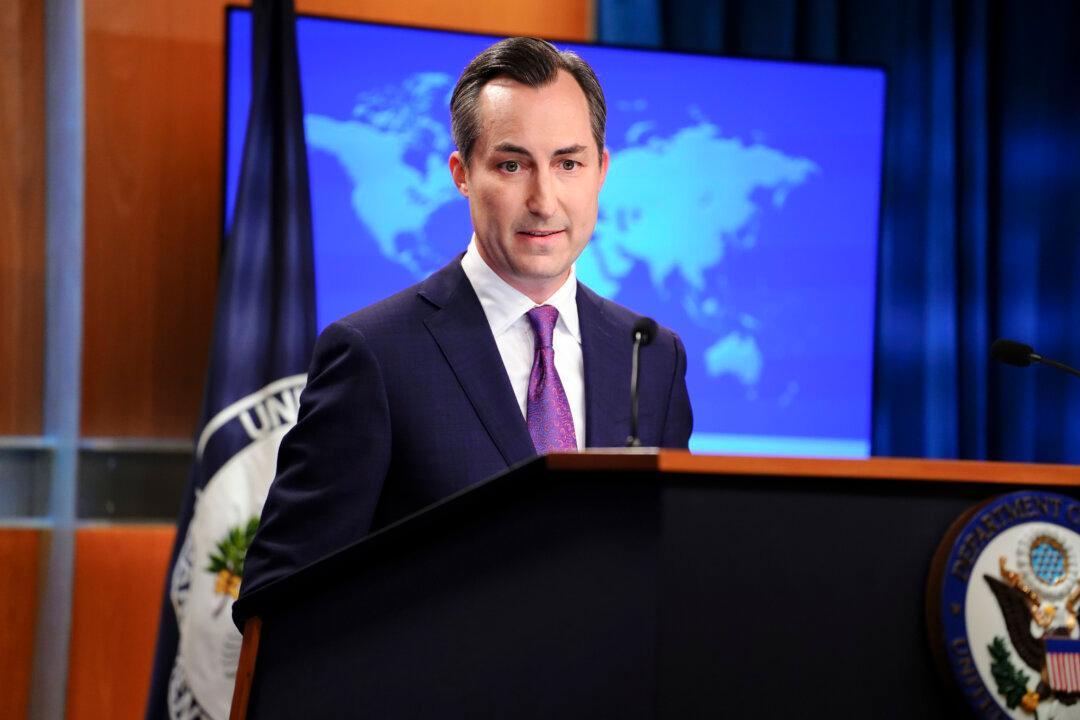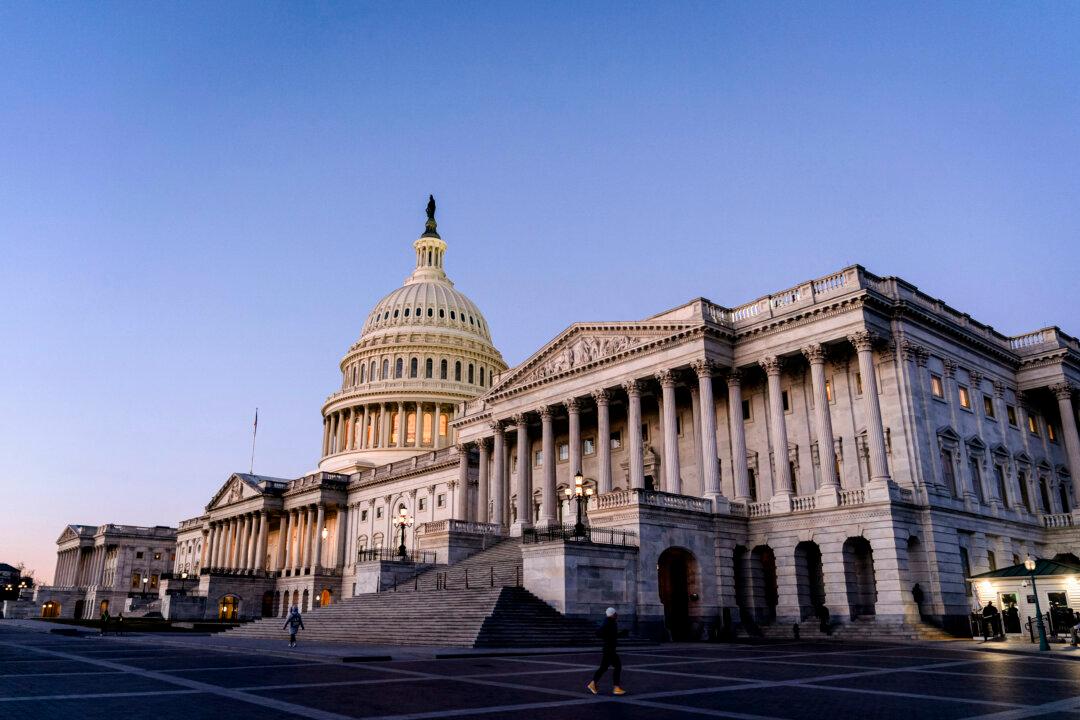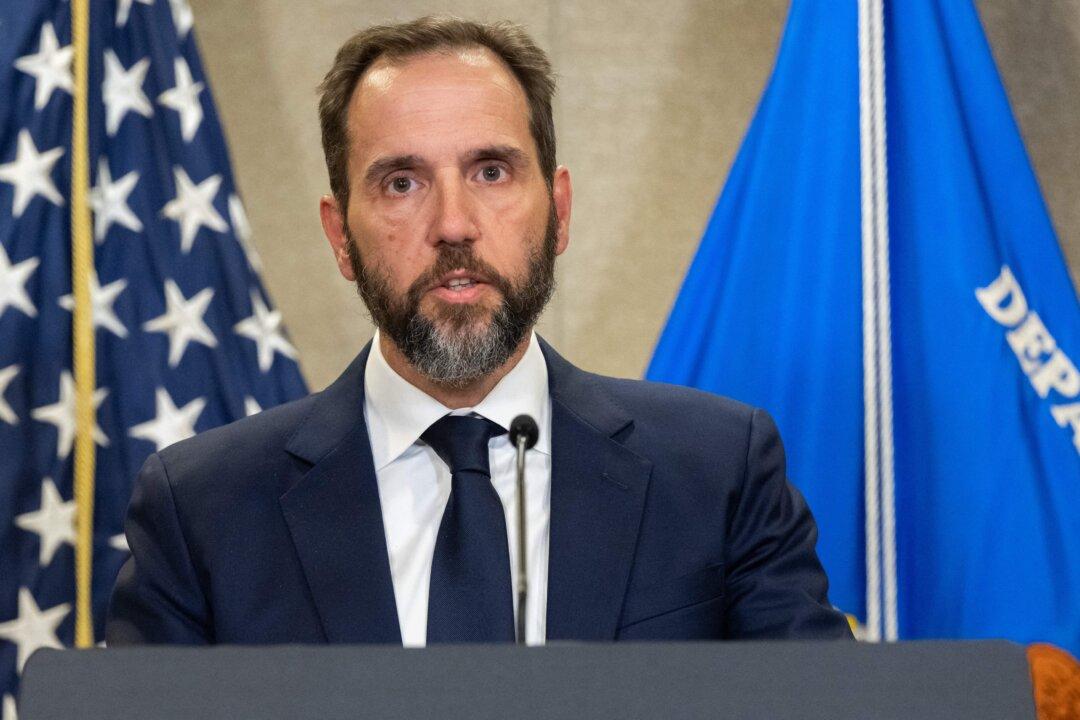Officials in the coronavirus epicenter of Wuhan on Feb. 24 announced an easing of the central Chinese city’s lockdown measures—only to withdraw the statement less than four hours later.
The Wuhan government announced that the notice had been issued by the “transport control working group” within the city’s new agency to combat the coronavirus outbreak—without permission from their superiors. Those who issued the notice without approval will be reprimanded, the disease control command said.
